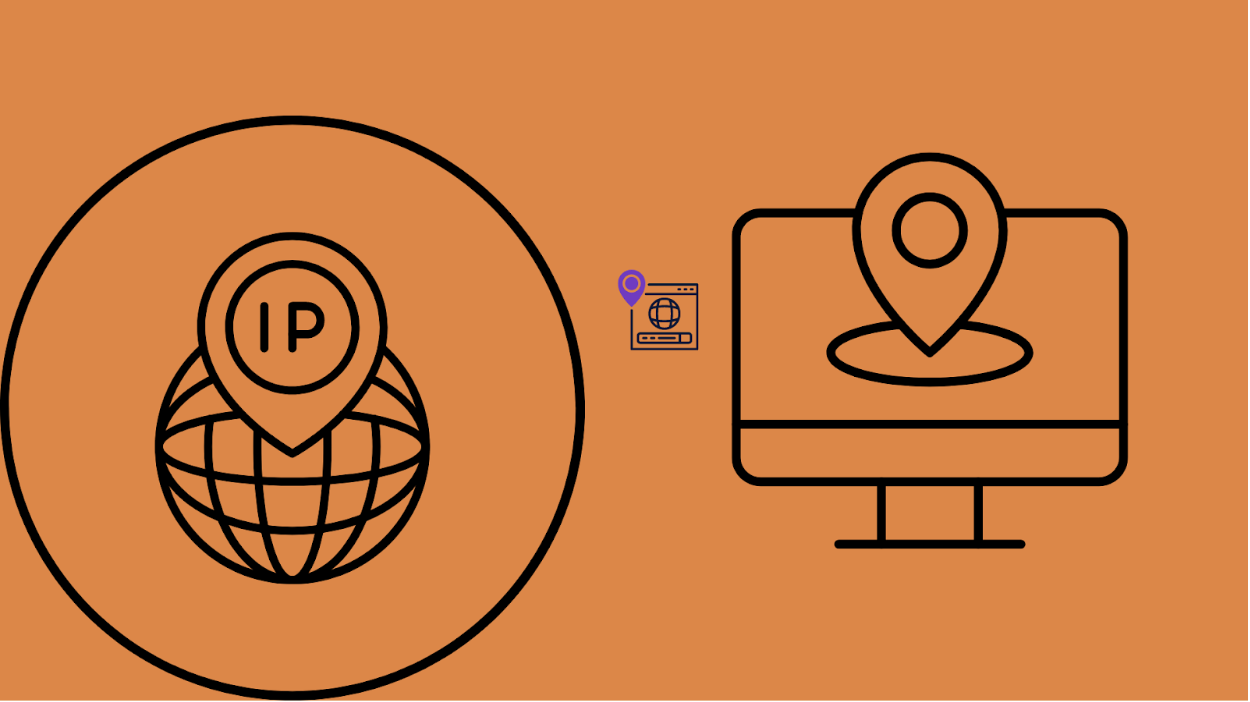In networking, IP addresses are crucial in identifying devices and enabling communication. IP addresses are classified into two main categories: private and public. Understanding the distinction between these two types of addresses is fundamental for anyone working with computer networks.

Private IP addresses are reserved for use within private networks, such as those in homes, offices, or organizations. These addresses are not routable over the Internet, meaning they cannot be used to communicate directly with devices outside the private network. Instead, private IP addresses are used for internal communication among devices within the same network.
The following are the ranges of IP addresses reserved for private use:
Devices within a private network can communicate using their private IP addresses.
Network address translation (NAT) translates private IP addresses into public IP addresses to communicate with devices outside the private network.
Public IP addresses, on the other hand, are globally unique and can be used to communicate over the Internet. These addresses are assigned to devices by internet service providers (ISPs) and are used to identify devices on the Internet. Public IP addresses allow devices to communicate with other devices on different networks across the Internet.
The range of public IP addresses is vast and includes all addresses not reserved for private use. Routers and other networking devices use public IP addresses to route data packets across the internet.

Understanding the difference between private and public IP addresses is essential for anyone working with computer networks. Private IP addresses are used for internal communication within a network, while public IP addresses are used for communication over the internet. Knowing how to use and manage these addresses is key to effectively setting up and maintaining a network.
No, devices with private IP addresses cannot be accessed directly from the internet. You would need to use a technique like port forwarding or VPN to access a device with a private IP address from the internet.
The number of private IP addresses within a network depends on the subnet mask used. For example, with a subnet mask of 255.255.255.0 (or /24 in CIDR notation), a network can have up to 254 usable private IP addresses.
Private IP addresses are used to conserve public IP address space and to provide an additional layer of security by hiding the internal network structure from the internet.
Two devices in different private networks can have the same IP address. Private IP addresses are only required to be unique within the same network.